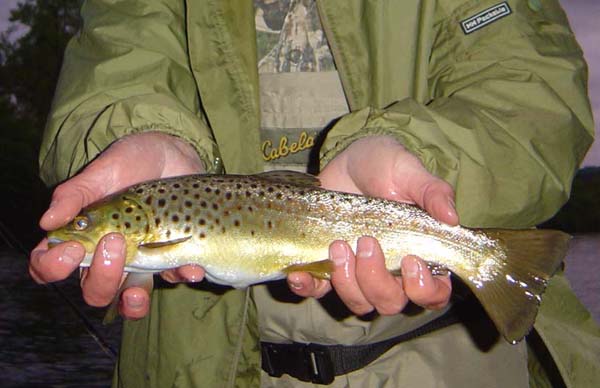M
Mike
Well-known member
- Joined
- Nov 10, 2006
- Messages
- 5,434
Fins may or may not grow back after having been clipped. Clips that are meant to be permanent involve clipping the fin off as close to the base as is possible. If such clipped fins grow back anyway, they are usually substantially deformed (curled sometimes, narrower sometimes). Other clips are meant to be temporary. In those cases just a portion of the fin is removed. Regrowth usually is complete in a matter of months, but it is true that in some more aggressive clips of this type, particularly in streams where trout are growing slowly anyway, full regrowth may take more than a year. Also, in the cases of temporary clips, one can usually spot a previous clip by holding the fish up to the sunlight to examine the fin, which will show what is often referred to as a scar. It is illegal in Pa for anglers to apply either form of fin clip to a fish yet evidence shows that it is still being done by some trout anglers.




